#F1CultHeroes
Larger than life heroes; chain-smoking mavericks; laconic Finns; and famous victims of fortune - Formula One racing has produced a plethora of unusual stars whose reputation extended far past what they achieved on track. Ahead of the 2016 FIA Formula One World Championship, we take a look at some of the sport's most iconic cult stars. All-time leaders and multiple champions have been ruled out - so who does make the cut?
Gilles Villeneuve
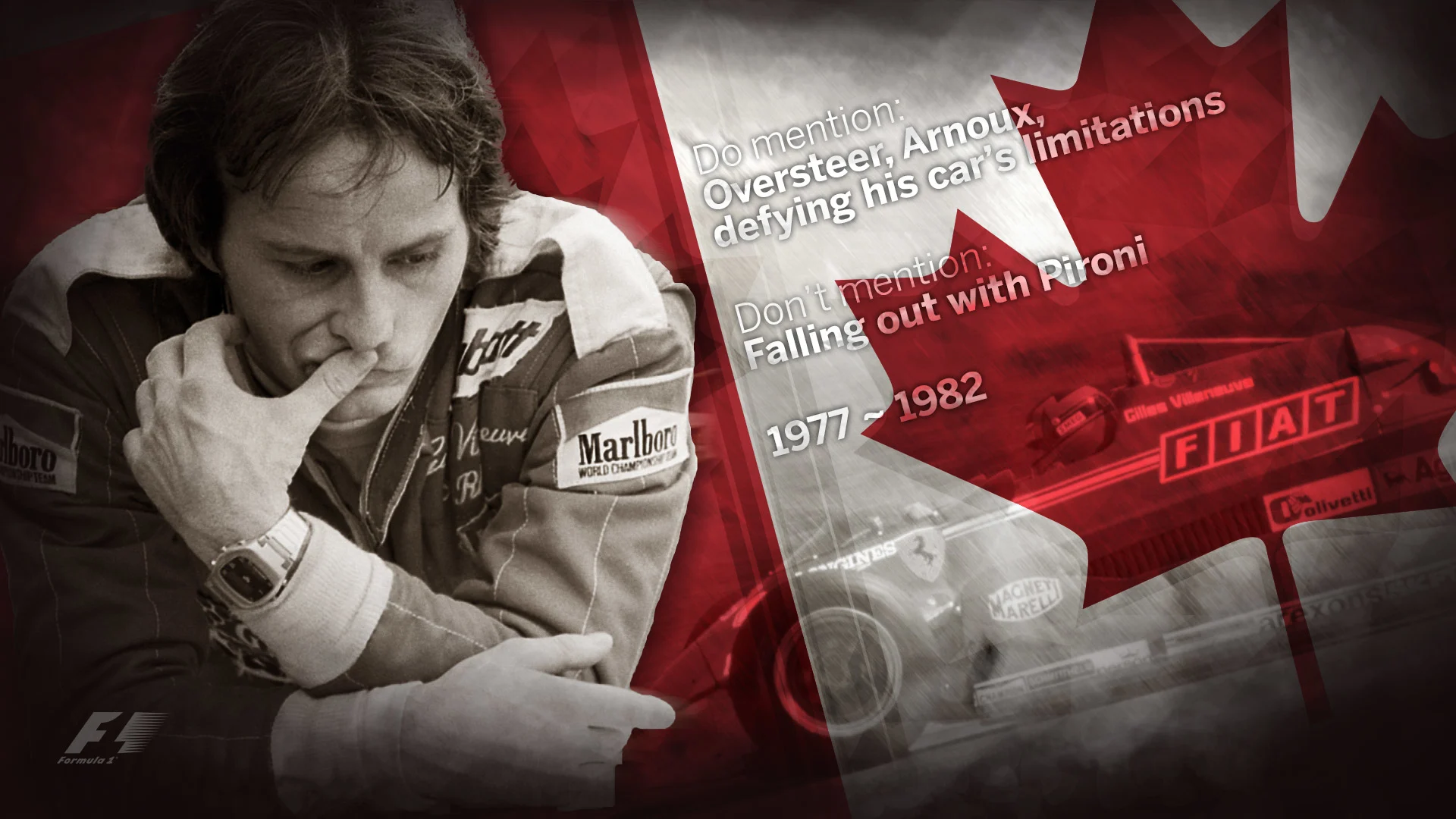
The quiet-spoken man from Canada who became a legend in his own time, Gilles Villeneuve captured the public's imagination in a manner few other drivers in history have. He was, in Niki Lauda's words, the "craziest daredevil I ever came across" - a man who seemingly had no quit, who pressed on regardless, hauled his machinery to feats it had no right to achieve. He was a fighter in his career and on the track - indeed he had what legendary Ferrari designer Mauro Forghieri called "a rage to win", evidenced in moments like wrestling a three-wheeled Ferrari back to the pits at unbelievable speed at Zandvoort in 1979. The same year at Dijon, he staged one of the best battles in F1 history with Rene Arnoux. But while his skills and daring inside a car personified the ideals of racing, he was no hell-raiser when the helmet was off. Sensitive, modest and quiet, he was unique, as popular with the drivers he would go toe to toe with as he was with the fans he thrilled by doing so.
Elio de Angelis
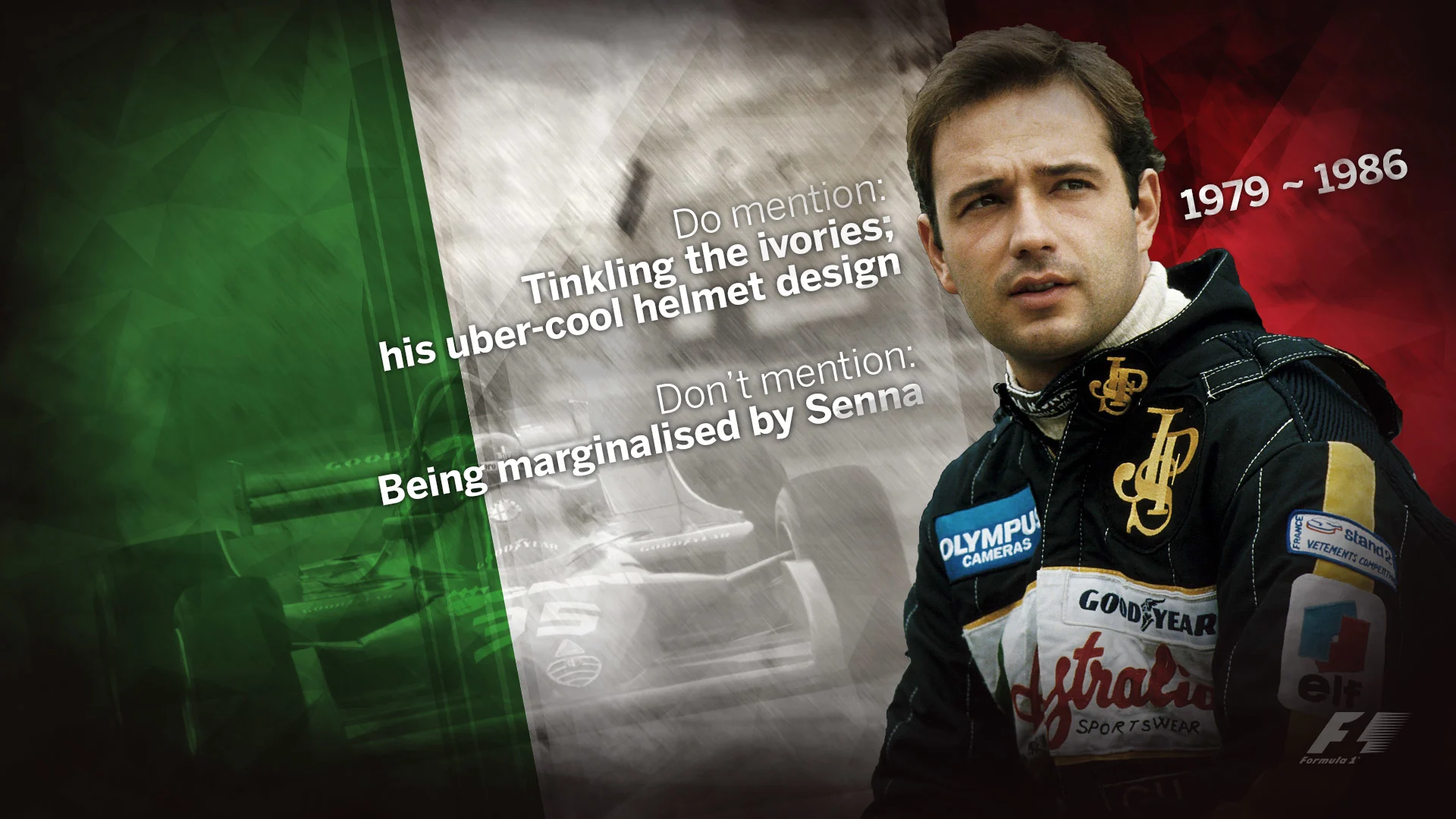
Driving came naturally to Elio de Angelis. Born into a wealthy family, the Italian raced primarily for the love of it - and it was easy to see why. Ultra-smooth, incredibly precise, he was a match for Nigel Mansell when the two were team mates for several seasons - and also had his days against Ayrton Senna when they partnered at Lotus in 1985. There were traits that recalled a bygone era: he possessed an easy charm, a soft humour, and was even a classically trained pianist - indeed his skills found a natural audience in a drivers' protest at South Africa in 1982. The sport would lose one of its great artisans however, with De Angelis killed in a freak testing accident in 1986.
Vittorio Brambilla
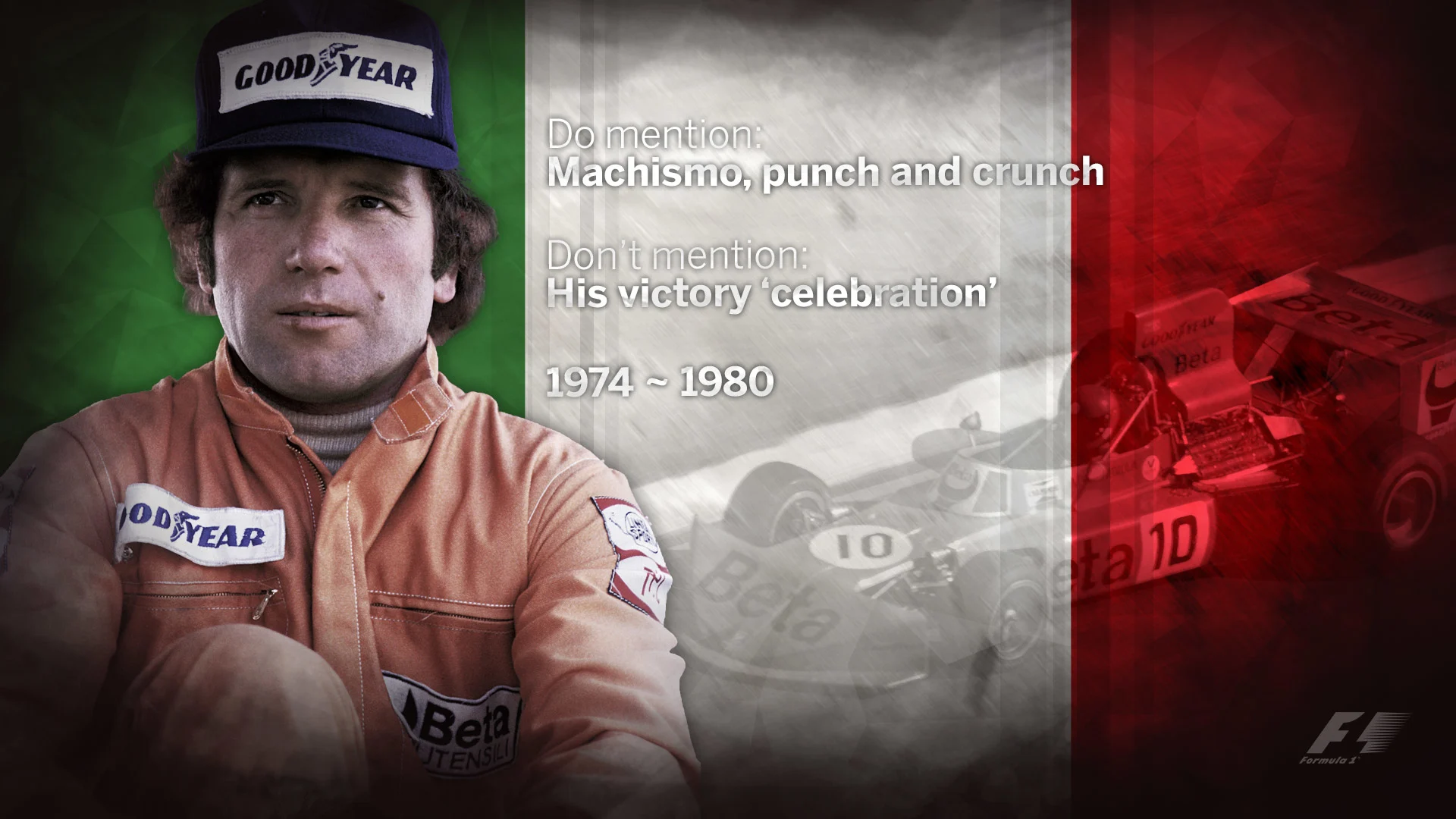
Stocky, stout and apparently fearless, the 'Monza Gorilla' was a rare breed indeed. He reached F1 at the relatively late age of 36 - he had previously raced bikes, karts and been a mechanic for brother Ernesto - but his physique and aggression behind the wheel (and an infamous handshake routine) soon earned a nickname that would stick for the rest of his career. Pugnacious behind the wheel, shunts or contact were never far away - but there was a crowning moment of success too as Brambilla triumphed in a rain-shortened race in Austria. It was a shock result, and not just for the watching world - Brambilla celebrated wildly, and promptly hit the barriers...
Robert Kubica
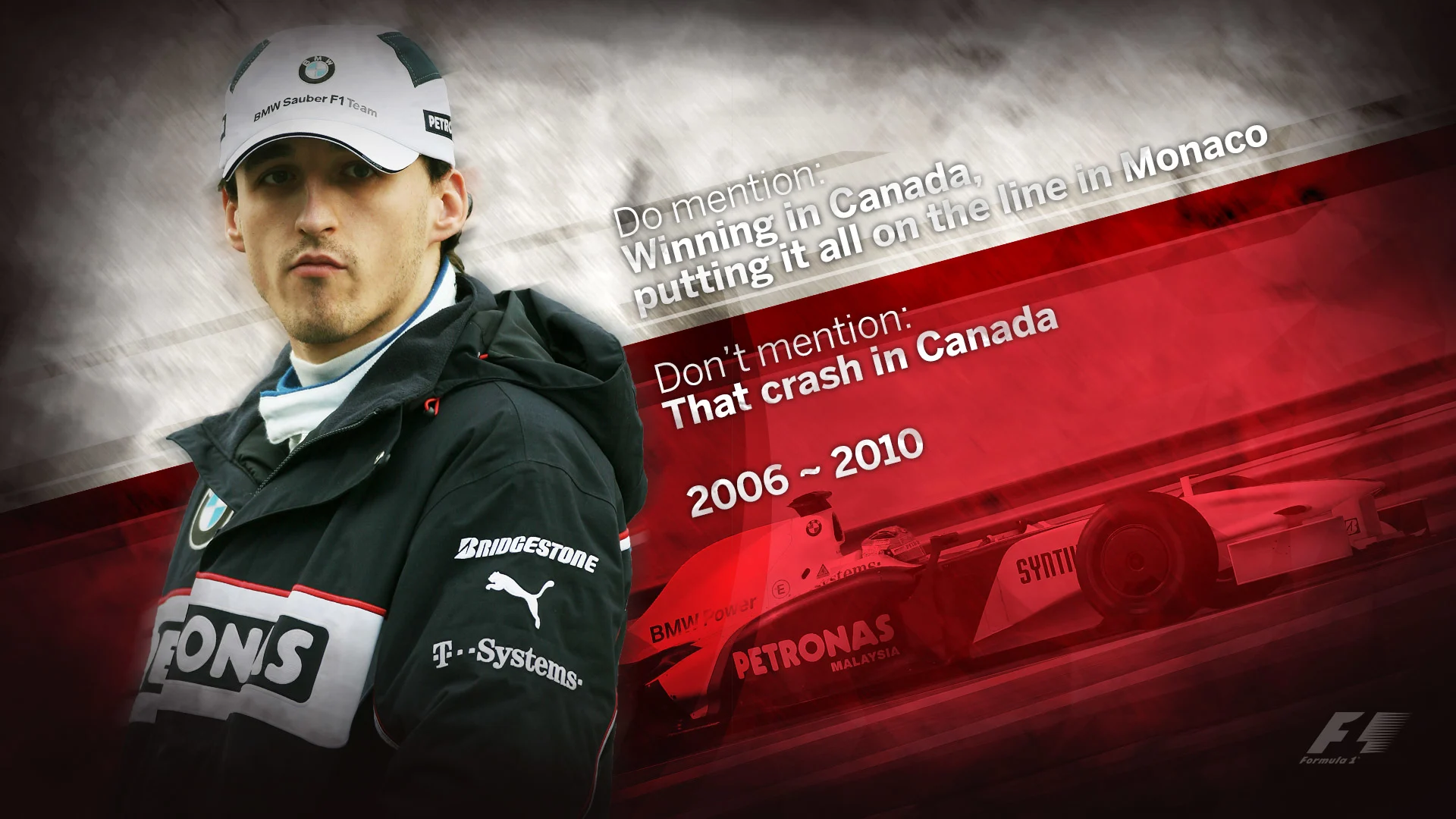
He was the man who single-handedly brought Formula One into the mainstream in an entire country; and who many saw as a future world champion, a talent to rival the likes of Alonso, Hamilton and Vettel. Blindingly fast, staggeringly committed, Kubica ultimately never had the chance to live up to such billing. A drive for a 'top' team never quite materialised - Ferrari were constantly linked with his services, but before a move was completed a horrific rallying crash brought the Pole's Grand Prix career to a premature end. Through his years with BMW-Sauber and Renault, though, Kubica was often able to squeeze more from his car than was logically possible, delivering the sort of performances that marked his place among the very elite of the sport. Canada 2008 - one year on from his frightening crash at the Montreal circuit - remains his only win, an unfitting tally for a man who could go toe to toe with the greatest champions of his era.
- WATCH: Kubica at his best - onboard qualifying lap, Monaco 2010
Chris Amon
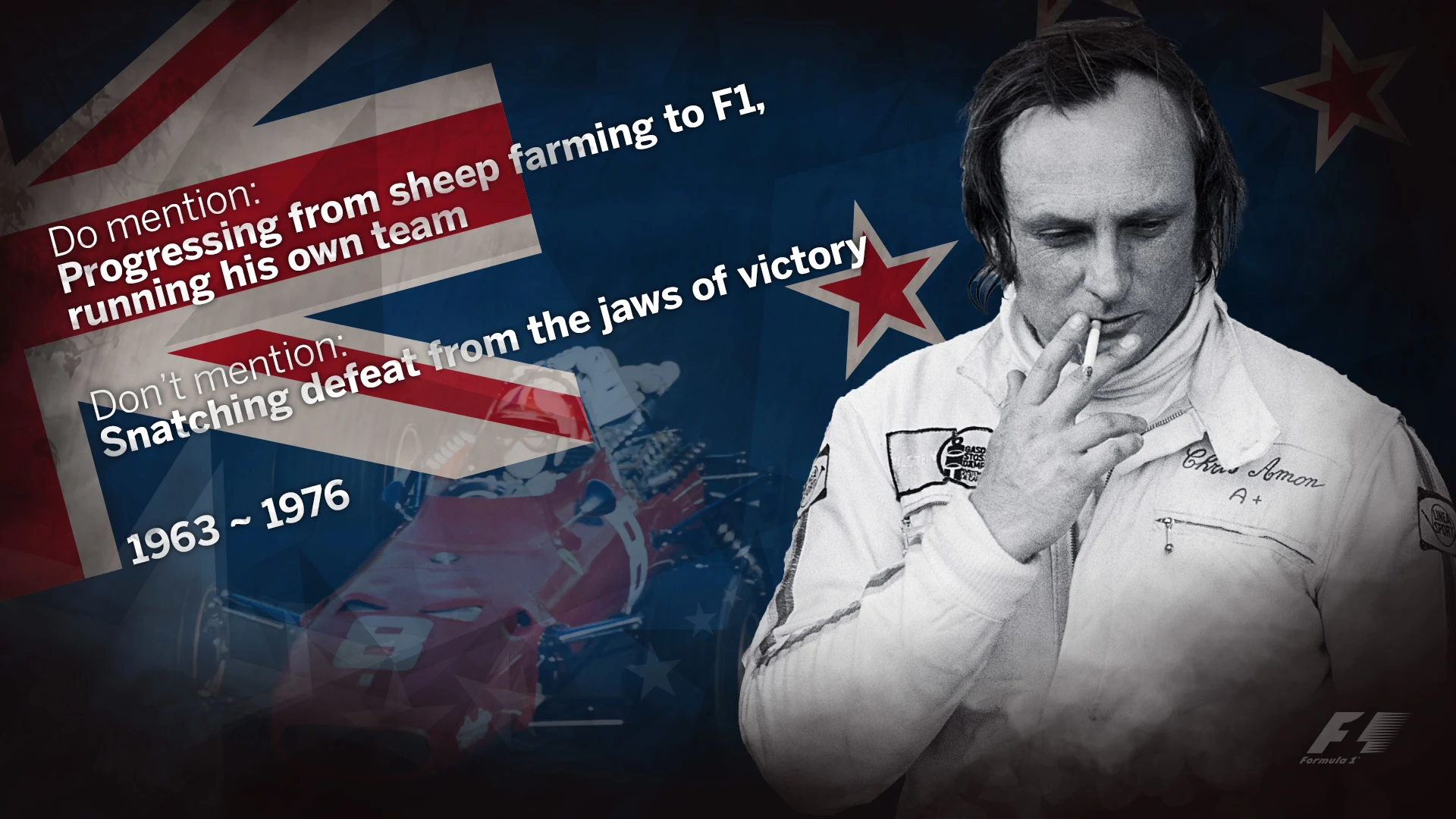
A sheep farmer's son who went on to lead Ferrari's F1 efforts for two seasons, Amon is regarded by many as the best driver never to win a Grand Prix. Certainly no driver in history has led more laps without winning; but the New Zealander's reputation for bad luck became legendary as time and again defeat was snatched from the jaws of victory, often through no fault of his own – losing his visor and fuel pump issues while leading by 30s were among a long and cruel list of retirement reasons. His statistics therefore do no justice to his talent - indeed Ferrari regarded him as being on the same level as Jim Clark, while Jochen Rindt considered Amon and Jackie Stewart as his only true rivals. Amon's luck never turned, and some unfortunate career moves meant one of the era's greatest drivers retired with five poles, 11 podiums and plenty of cult appeal - but no victories to his name.
Andrea de Cesaris
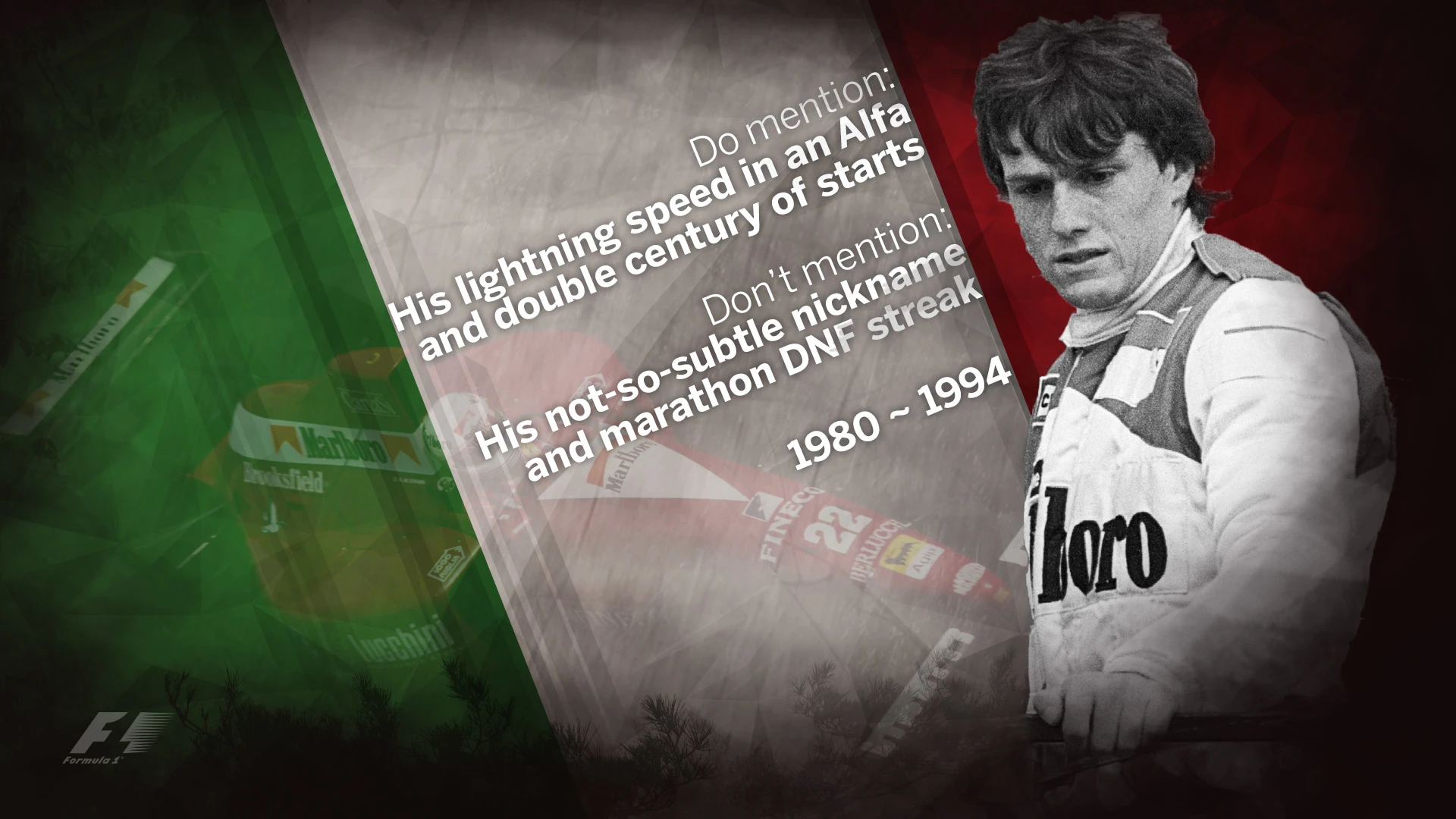
No man has started more F1 races without winning. Nor has anyone in history suffered as many consecutive DNFs. The affable Italian, who was a daredevil behind the wheel, was far from hopeless - indeed he was capable of moments of sublime skill - but he was also erratic in the extreme. In his first three years he became the sport's youngest ever polesitter and scored a podium at Monaco, but he also failed to finish in two-thirds of the races he entered - he had even been withdrawn from one event for fear of him crashing. That record earned him the unfortunate nickname ‘De Crasheris' and spawned a reputation he never truly escaped - in part because he kept adding to it. One team owner reportedly said the damage bill made De Cesaris too expensive to employ, but the Italian's charm and good grace meant that most in the paddock held him in great affection. He ended his career with over 200 Grand Prix starts to his name, having scored points for nine of his 10 teams.
WATCH: De Cesaris's spectacular barrel roll in Austria, 1985
Markus Winkelhock
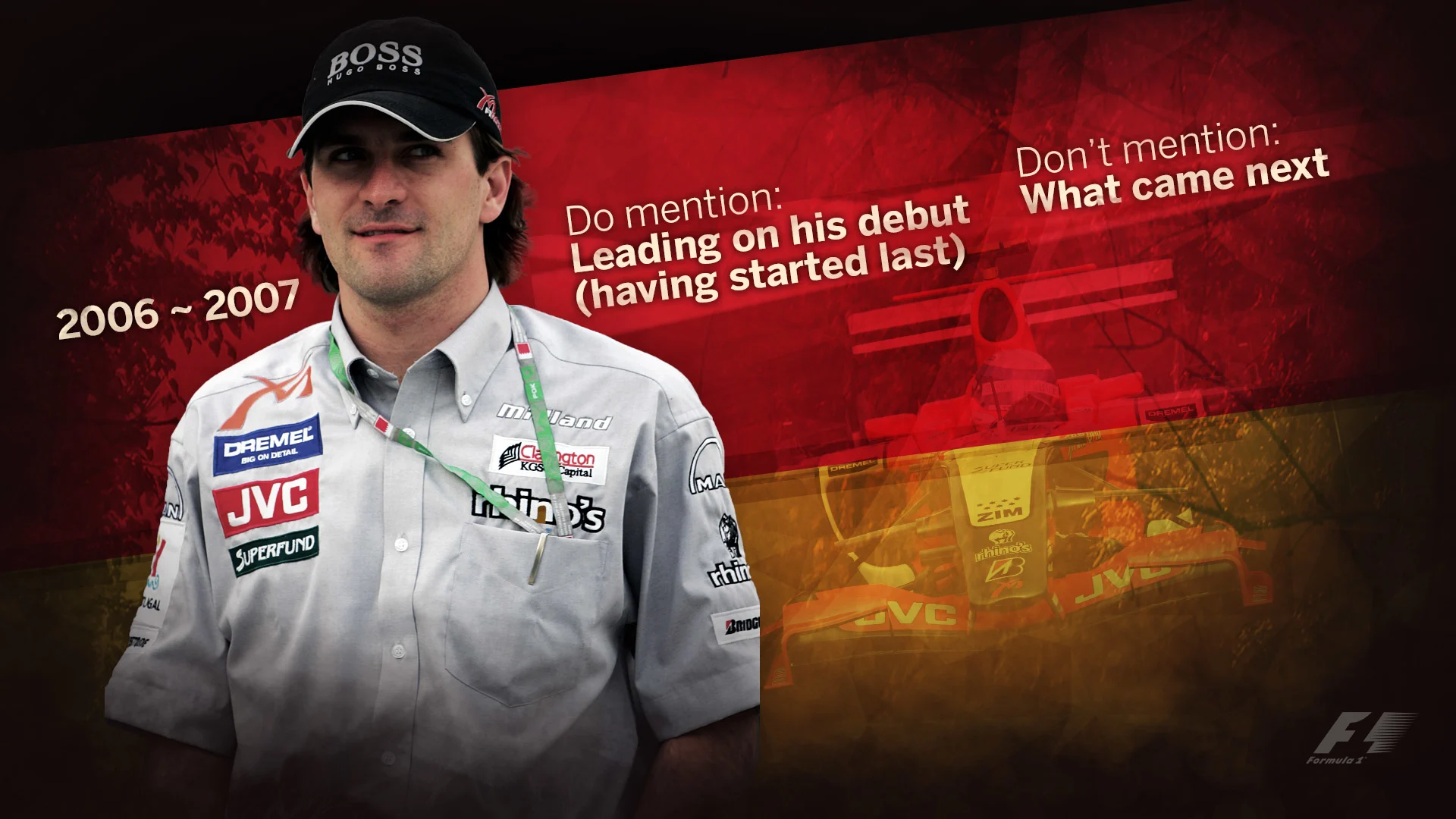
Leading on your F1 debut? Check. Starting that race from last? Check. Never competing again? Bingo. That bizarre full house belongs to Markus Winkelhock, who wasn’t even scheduled to be racing at the time. The German’s chance came at the Nurburgring in 2007, after Christijan Albers had departed perennial backmarkers Spyker. Winkelhock qualified last, but as storm clouds gathered overhead he elected not to take to the grid and instead pitted for wets. The decision was inspired: as cars slewed off in the rapidly worsening conditions, Winkelhock passed Kimi Raikkonen and was suddenly leading on debut - a feat achieved only twice in the previous ten years by Lewis Hamilton, and before him Jacques Villeneuve. The staggering unlikely story then took a further twist: conditions were soon deemed too bad to continue and the race was stopped, meaning Winkelhock then lined up on pole for the restart. Sadly, the fairy tale wouldn’t last - Winkelhock retired from the race, and then lost his seat - but the freakish nature of his debut guaranteed him cult status.
Kimi Raikkonen
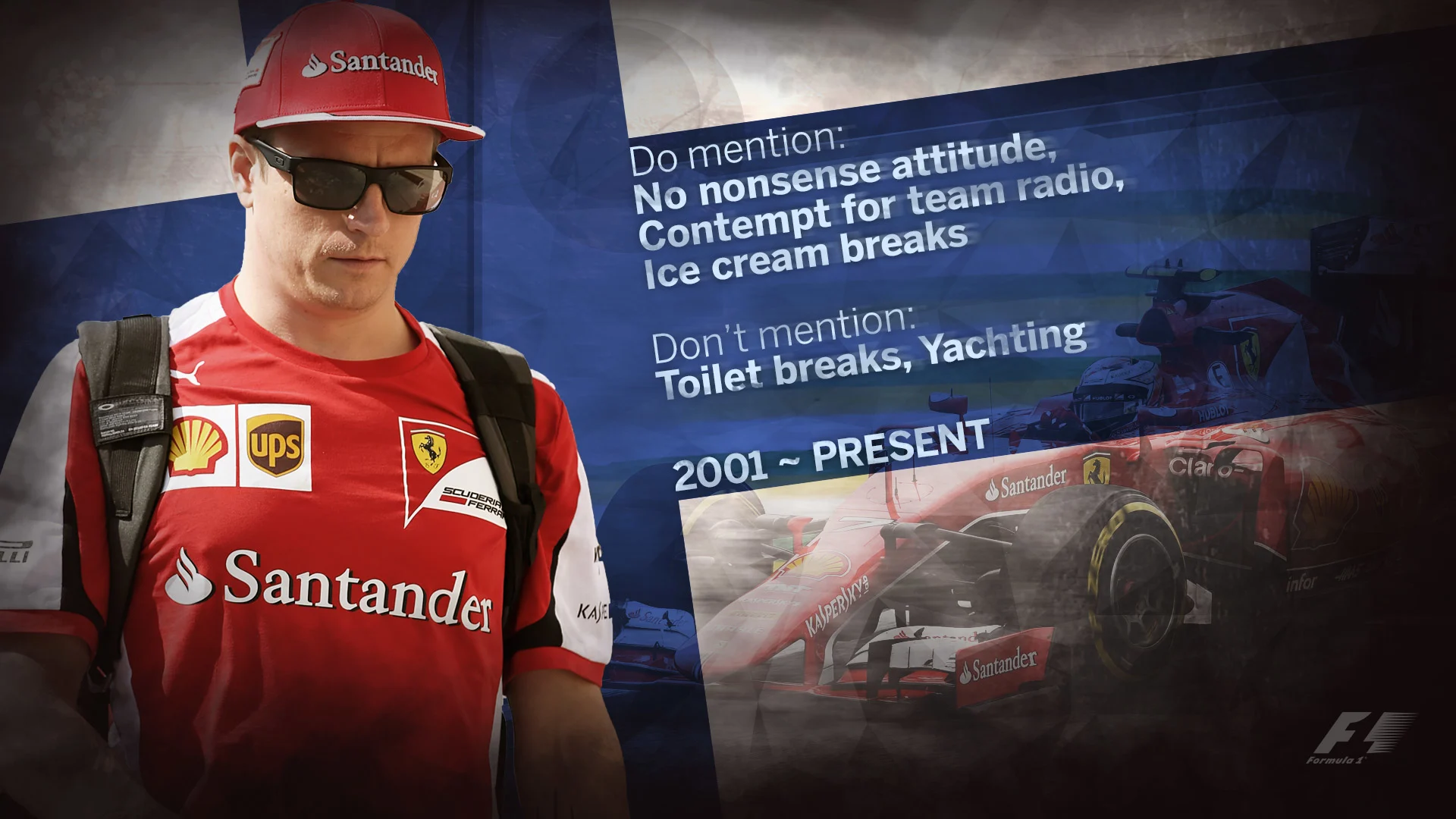
Fast-tracked into F1 with just 23 car races under his belt, the rapid young Finn who said next to nothing would go on to become one of the premier category's biggest stars. His speed was obvious from the outset, and before long the man that many in the sport had proclaimed as the most naturally gifted driver they had ever encountered was winning races with McLaren, before moving to Ferrari and claiming the world title. But the Iceman’s incredible appeal has always been based on more than just on-track brilliance. Tales (and grainy videos) of wild, alcohol-fuelled partying recalled the hedonistic days of his hero James Hunt (whose name he once famously used to take part in a snowmobile race), while his hilariously cantankerous team radio messages have passed into F1 folklore - as did the moment he nipped off for a cheeky ice cream during a rain-delayed race in Malaysia in 2009. In the age of PR-savvy teams and drivers, Raikkonen is a throwback; a maverick who always operates on his own terms. No wonder, then, that a man who says so little has become such a revered personality.
- WATCH: The best of Raikkonen's team radio
- WATCH: Raikkonen prevails in three-way title showdown, Brazil 2007
Ronnie Peterson
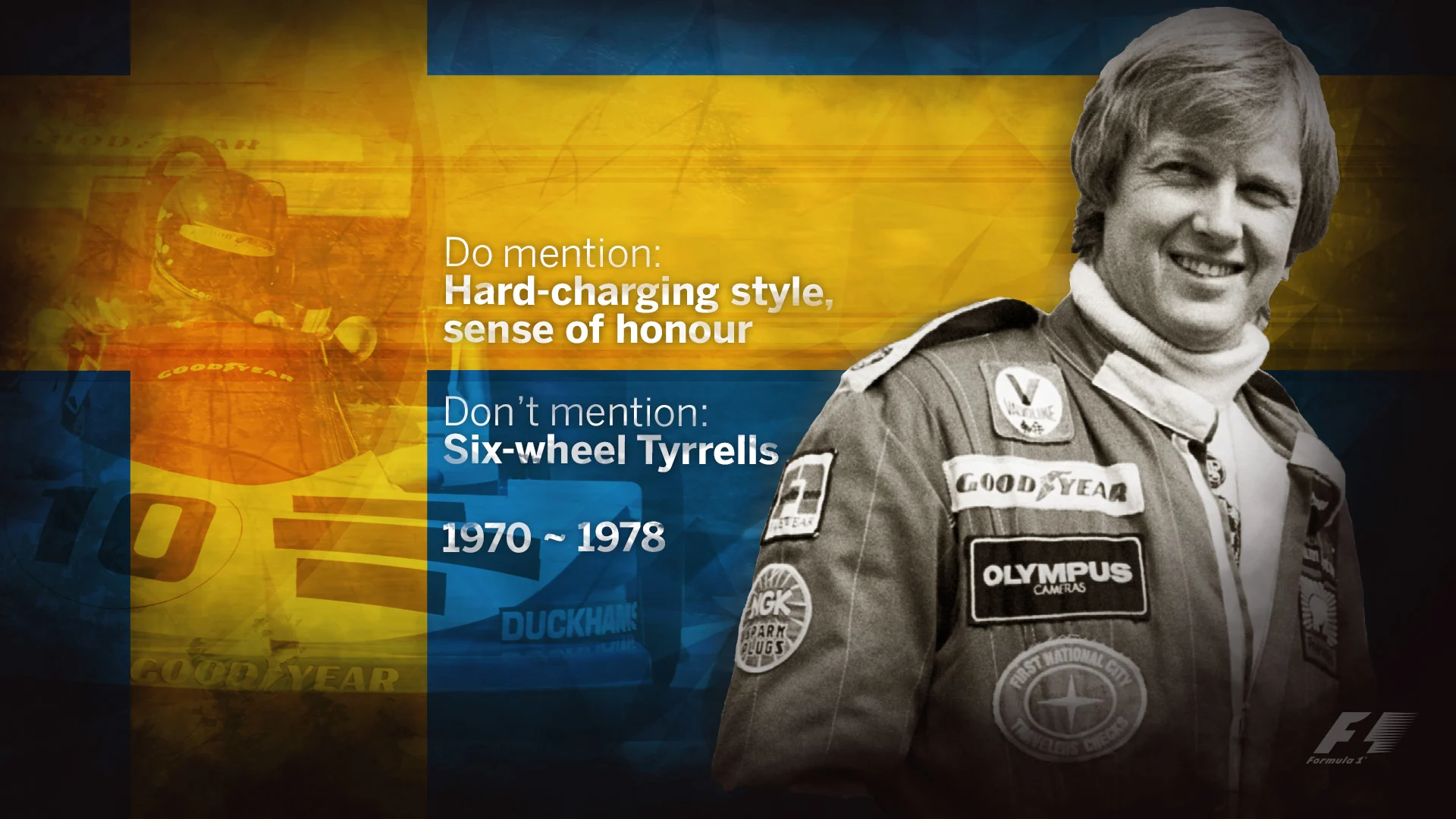
Blazing speed, flamboyant sideways commitment, and the ability to wrest his car back from the brink time and time again: it’s little wonder that the man they called ‘SuperSwede’ was always a firm fan favourite. Even to his peers, Peterson - who was as charming and gentle out of the cockpit as he was spectacular in it - was simply spell-binding to watch, and never more so than at the wheel of the iconic Lotus 72 - a car which played perfectly to his razor-sharp reflexes and instinctive car control. But behind the buccaneering, the famously non-technically-minded Scandinavian was a man of honour. He might, for example, have kicked up a stink at having to play second fiddle to team mate Mario Andretti in 1978, but Peterson - knowing the American had helped develop the Lotus 79 into the force that it was - refused to open hostilities. Though he died as a result of crash injuries before the season was out, he finished runner-up that year; a result, like his tally of 10 victories, that does not do justice to his significance in the sport.
Gerhard Berger
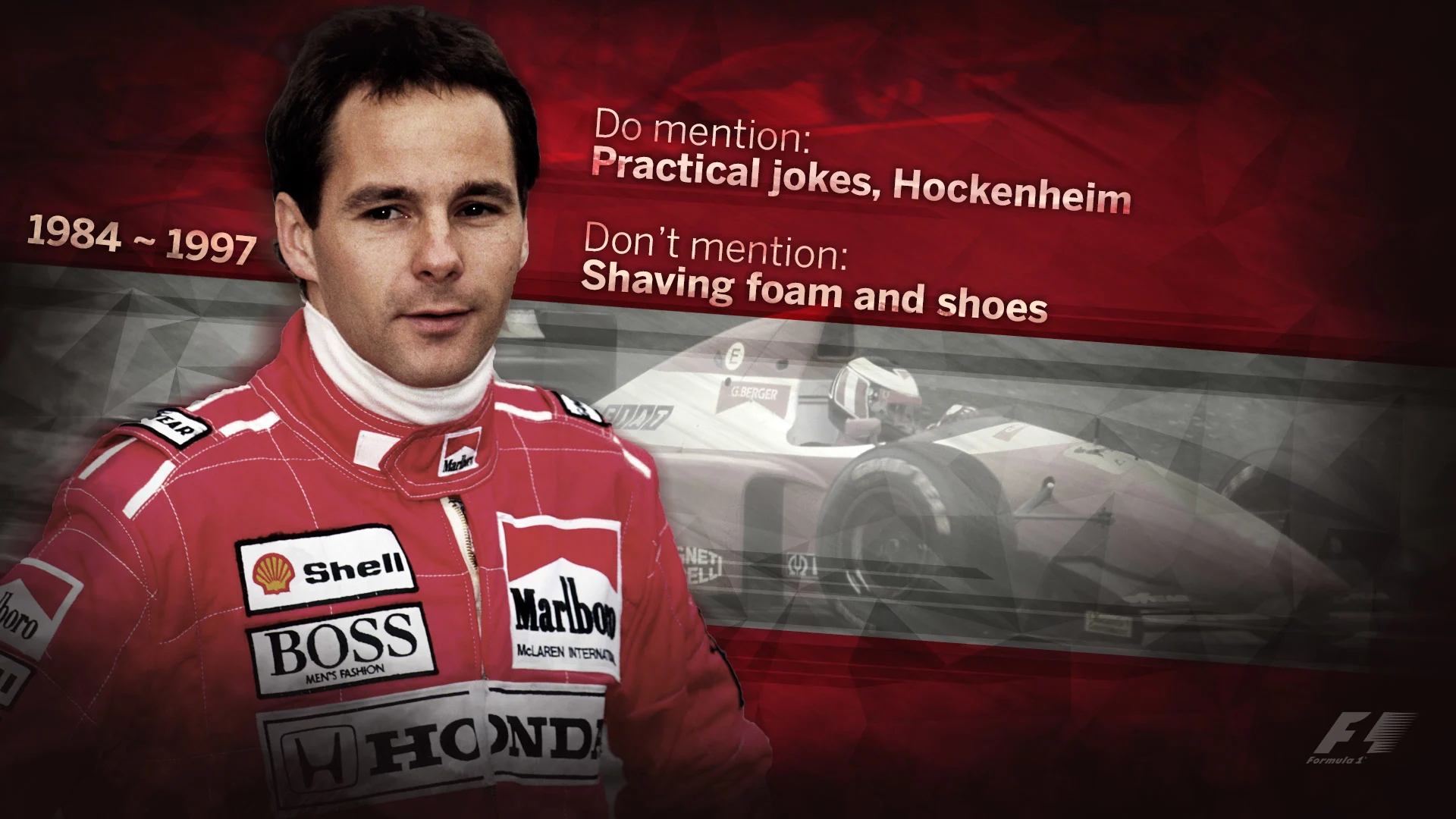
The popular Austrian has passed into F1 legend as much for his impish sense of humour as for his on-track brilliance, with many of his pranks aimed squarely at friend and long-suffering team mate Ayrton Senna. It was Berger who filled the great Brazilian’s hotel room with frogs; who cheekily ‘modified’ the three-time world champion’s passport photo; and who dropped Senna’s briefcase out of a helicopter to test whether it was, as claimed, indestructible. At times his mischievous banter could border on the macabre - like cutting off McLaren boss Ron Dennis’s air supply when they were scuba-diving - but he could also appreciate being the butt of the laughter, once turning up to a smart dinner in running shoes because Senna had filled his formal footwear with shaving foam. But in amongst the frivolity, Berger was also a serious - and seriously quick - competitor, winning ten times across 210 race starts. He was a force to be reckoned with right to the end too, saving what was arguably the finest performance of his career for his final season in the sport in 1997. Still suffering the after effects of a sinus operation and reeling from the death of his father, the 37-year-old bounced back from an enforced three-race lay-off to claim pole, fastest lap and victory at Hockenheim.
- WATCH: Berger's first win, Mexico 1986
Taki Inoue
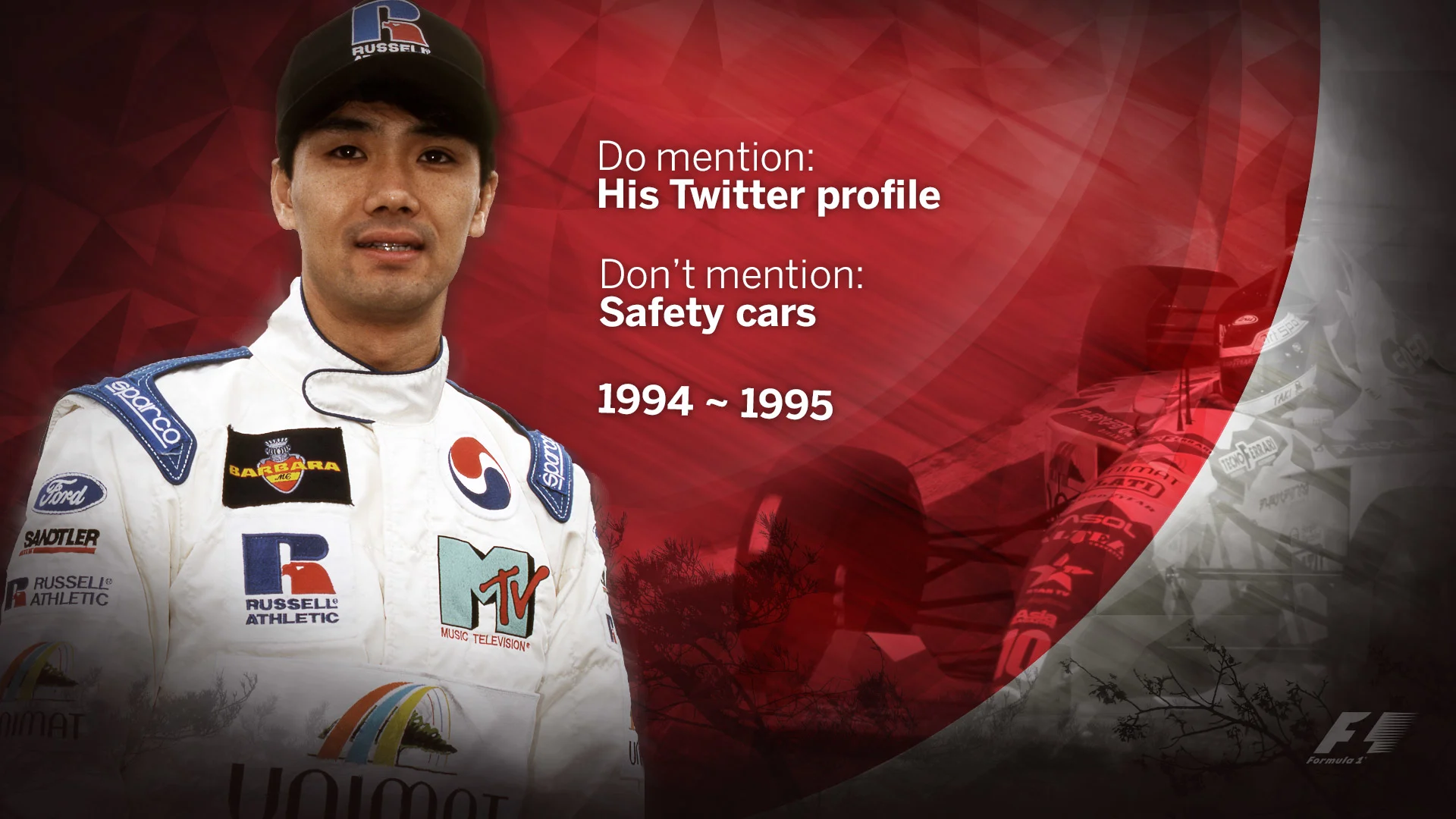
A cult hero in the truest sense of the word. Inoue won renown for all the wrong reasons during his short spell in F1 - but then won a cult following for embracing those shortcomings. From voting for himself as the worst driver in F1 history in online polls, to recommending himself for a role on TV show Top Gear so they can compare F1's best to its 'slowest', Inoue's disarming frankness - and his unique take on modern F1 - makes him a must-follow on Twitter. His legacy - including an infamous meeting with a medical car in Hungary and a frightening collison with the safety car at Monaco, both in 1995 - may make him the butt of jokes, but many are from Inoue himself.
- WATCH: Inoue collides with the medical car in Hungary
Jean Alesi
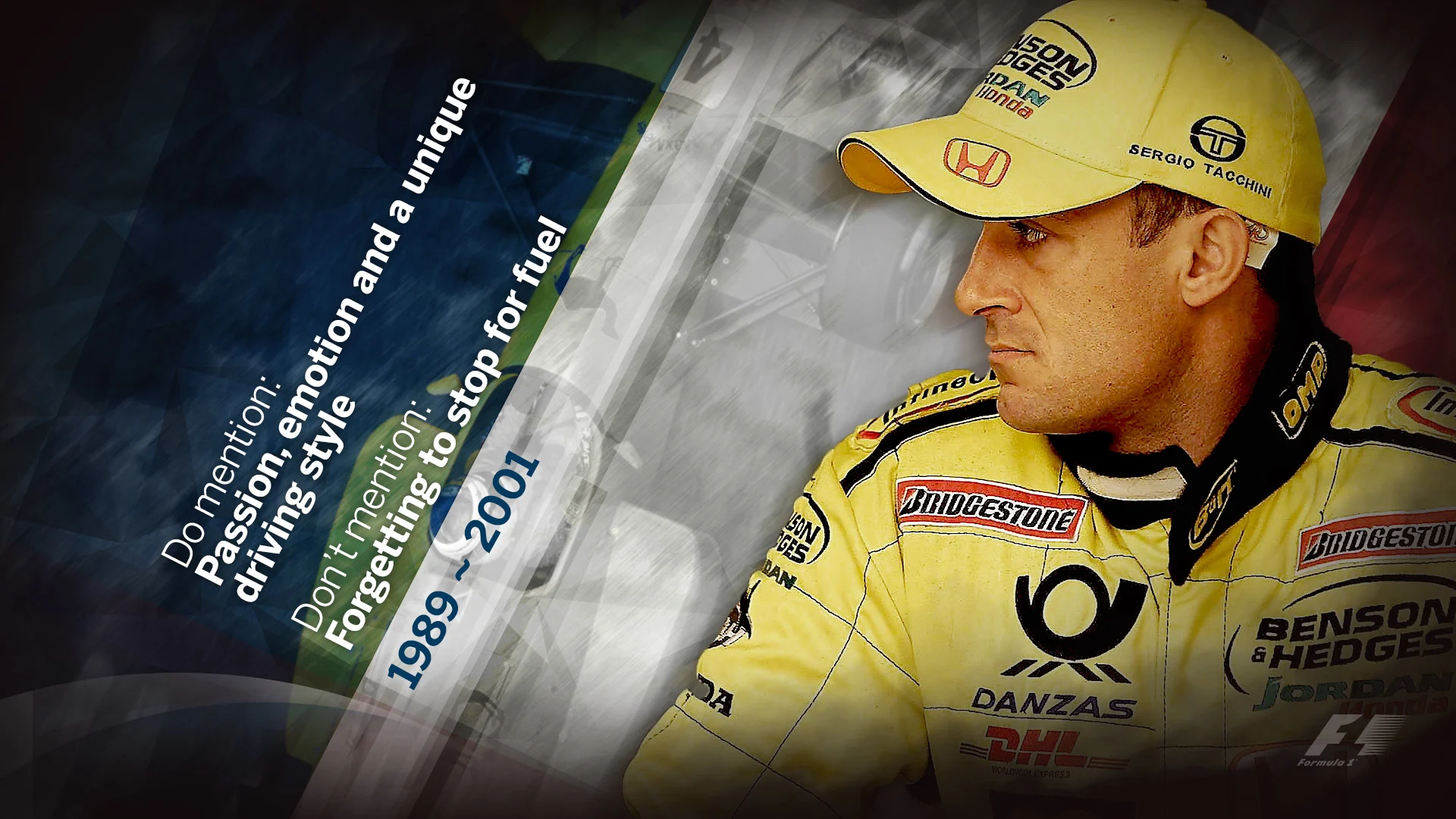
Mercurially talented and fiercely passionate, Alesi seemed destined for greatness almost as soon as he burst onto the F1 scene, finishing fourth in his very first race for Tyrrell and then nearly beating the great Ayrton Senna in Phoenix eight races later after a memorable battle. As it transpired, narrowly missing out on victory - often as a result of cruel luck - became something of a theme for Alesi, and one of the reasons why he was taken to heart by millions of fans around the world. Little wonder then that there was barely a dry eye in the house when the French-Sicilian finally captured his one and only Grand Prix victory at Canada in 1995. But there was more to Alesi's cult status than being the perennial underdog - his distinctive and tenacious driving style for one, which, when piloting the number 27 Ferrari as he did for much of his career, was eerily reminiscent of that other Prancing Horse legend, Gilles Villeneuve. In Alesi's hands an F1 car was always alive, an endless dance of twitch and correction, while his habit for holding the steering wheel at ‘ten-to-two' and for cocking his head to one side around corners became visual calling cards. Over the course of 201 Grands Prix starts there were performances that rank among the greats - his drive on slick tyres at a wet Magny-Cours in 1992 for one - but there were also brain fades too, like forgetting to pit for fuel in Australia in 1997. Then there were the moments where his famous emotions got the better of him, like when he stormed home - reportedly at speeds approaching 200 km/h - after a gearbox failure robbed him of victory at Monza in 1994, or when he hurled his helmet into the crowd in Canada after an excellent fifth place finish in 2001. All were part of the Alesi enigma; and all are part of his enduring legacy.
- WATCH: Alesi's sole win, Canada 1995 - WATCH: Alesi stakes his claim to one of the greatest moves at Suzuka's 130R
Dan Gurney
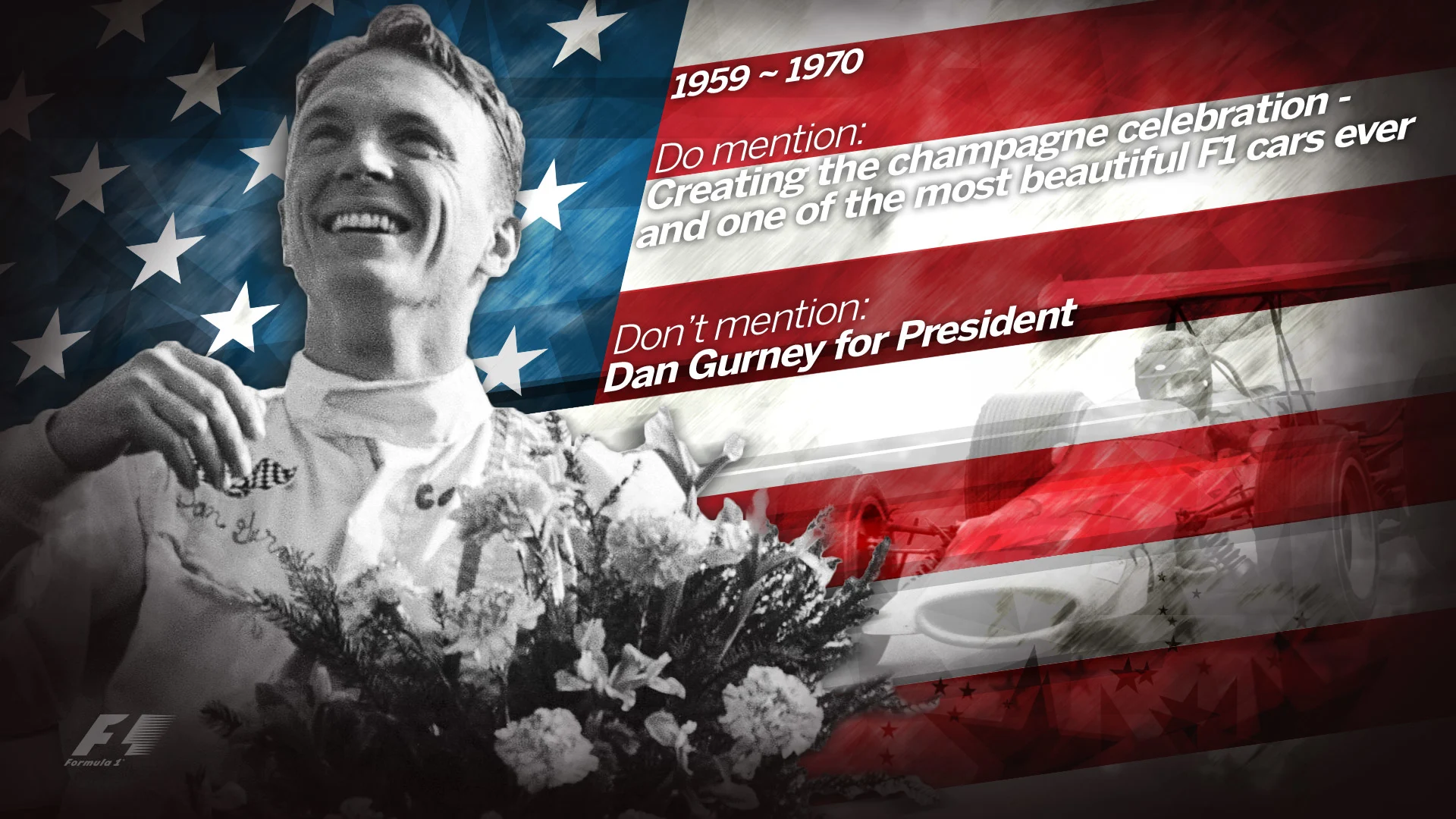
America's greatest racing man? Having reached the top as a driver, car manufacturer and team owner, few others can match the sheer breadth and scale of Gurney's achievements. Within F1 the ‘All American Racer’ won four times and claimed 19 podiums, but both tallies could have been far higher had he not devoted energy elsewhere. Instead he excelled in myriad other series including IndyCar, NASCAR and sportscars - and it was in the latter, atop the Le Mans podium in 1967, that he and AJ Foyt spontaneously sprayed champagne, practically inventing a new celebration overnight. One week later he became the only American to win a Grand Prix in a car designed and built by his own team (a record that stands to this day). The fact that the sumptuous Eagle T1G remains one of the most beautiful to ever grace the sport only adds to his cult status, as does the fact that he helped introduce the full-face helmet to racing and invented the deceptively simple ‘Gurney flap’, which remains a fundamental aerodynamic device. Humorous and humble, his popularity was such that a cult campaign sprang up to elect Gurney as president in 1964 - a call that is still periodically revived.
- All-American heroes - a brief history of home-grown success in the USA
James Hunt
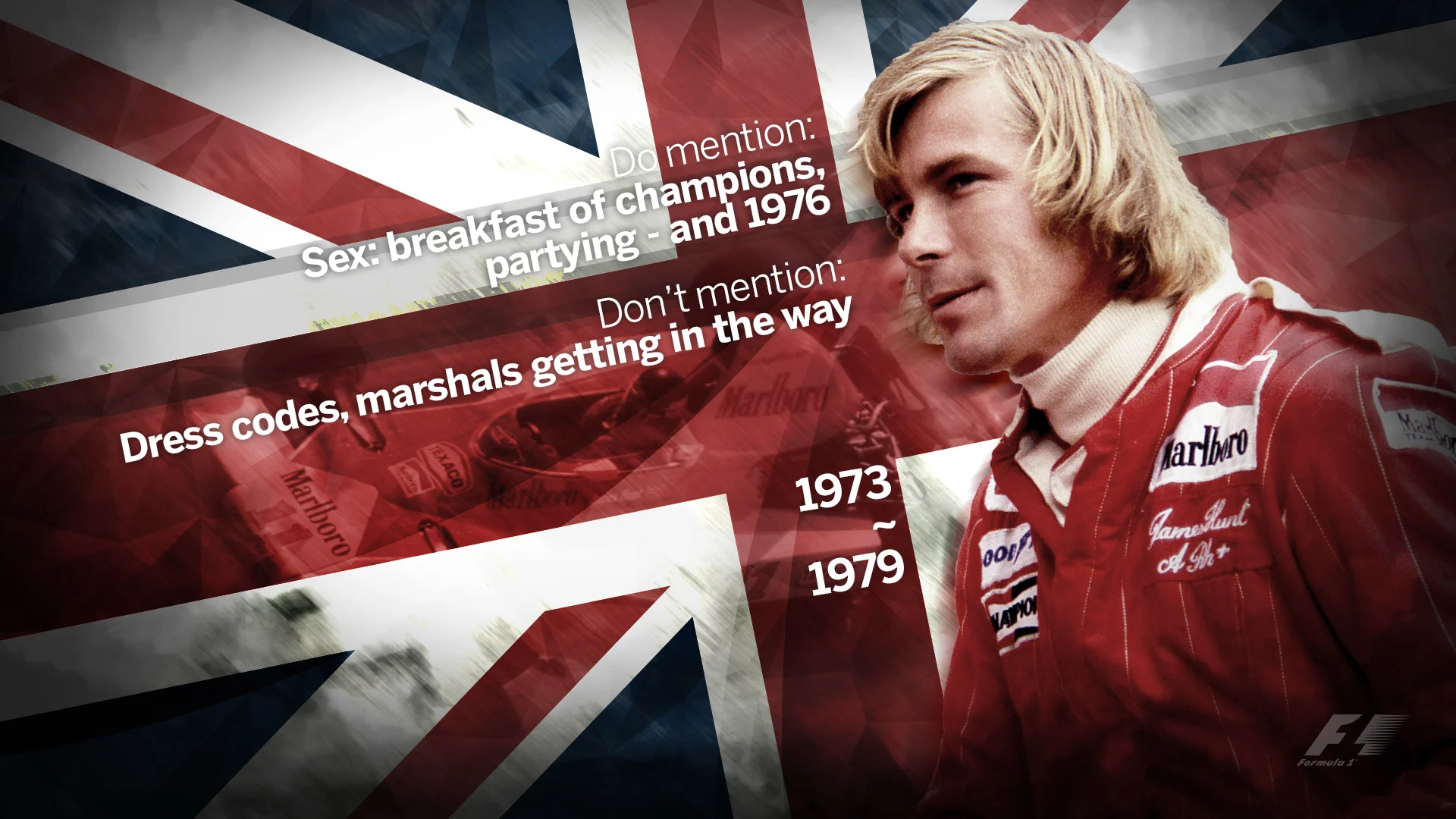
A swaggering, smoking, swashbuckling Brit who needs no introduction. Now immortalised inthe film Rush, Hunt's good looks, outrageous behaviour and straight talking made him an instant cult hero of his era. He gained a (deserved) reputation as a playboy - for much of his career he had 'Sex: breakfast of champions' embroidered on the right breast of his overalls - and as a colourful party lover he had no peers in the sport. He was the man who showed up to formal sponsor evenings barefoot and in jeans; who dined, and even joined a golf club, with Oscar, his faithful German Shepherd dog. He could be irascible too - just ask an unlucky marshal at Canada in 1977. Many of his early outings ended in huge accidents, and in fact in Formula Ford he might have drowned after crashing into a lake, had he been wearing the requisite seat belts he couldn't afford. He never conquered his pre-race nerves, often vomiting in the garage before the race - but once in the car, that volatile mixture of bravura and adrenaline - 'big balls', as he termed it - made him among the hardest of chargers, charting a career that culminated in one of the most dramatic championship triumphs in F1 history.
- James Hunt Hall of Fame profile
- When the playboys beat the big boys: Hunt's remarkable win at Zandvoort
- WATCH: When Freddie Hunt met Niki Lauda
Juan Pablo Montoya
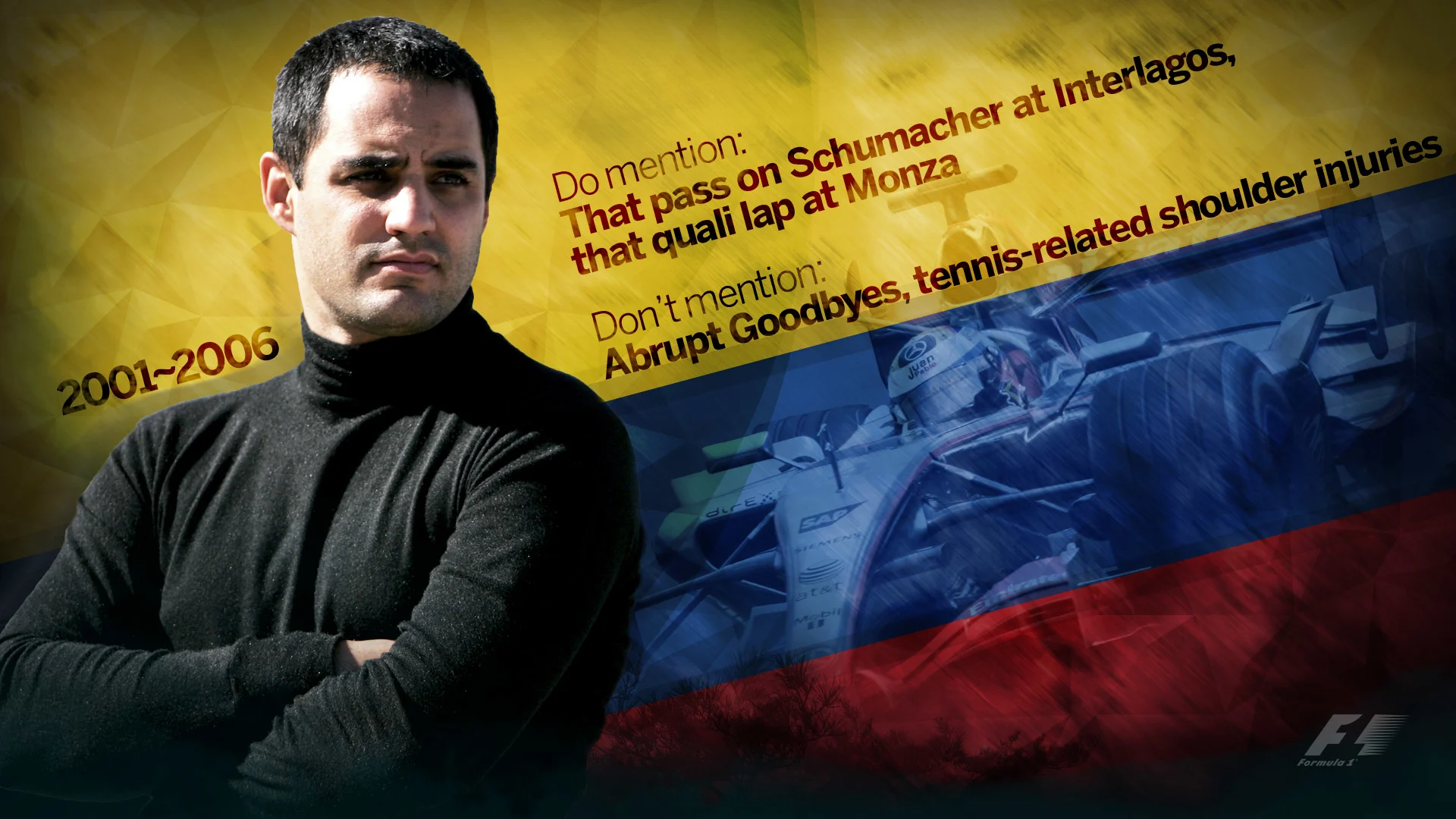
Brash, fiery and just the right side of cocky, the mercurial Colombian built a cult following as much for his no-nonsense personality as for his devastating speed, wheel-banging commitment and willingness to put the seemingly unbeatable Michael Schumacher to the sword. Nigh on unbeatable on his day, Montoyacould be infuriatingly anonymous or downright sulky on others - but for fans there was very little not to love. From his rapid pace on track to his 'loose' language in press conferences and comically vicious outbursts (an errant cameraman and Kimi Raikkonen were just two of those caught feeling his wrath on TV), there was rarely a dull moment with Juan around. Just ask Ron Dennis, who famously butted heads with the seven-time Grand Prix winner after a controversial 'tennis' injury - rumoured to have been sustained not on the court but on a motorbike - forced him to miss two races in 2005…
- WATCH: The fastest lap in F1 history - Montoya at Monza - Relive Montoya's muscular pass on Schumacher, Brazil 2001
Next Up
Related Articles
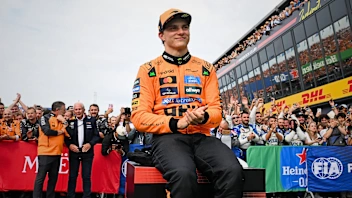 Hinchcliffe'History shows Piastri will be even better in 2026'
Hinchcliffe'History shows Piastri will be even better in 2026'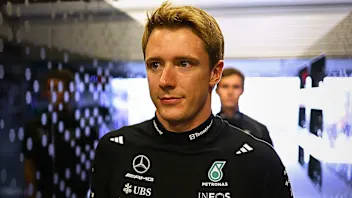 ExclusiveVesti on life as Mercedes reserve and his F1 plan
ExclusiveVesti on life as Mercedes reserve and his F1 plan.webp) End Of Year Reports 2025Kick Sauber’s best and worst moments from 2025
End Of Year Reports 2025Kick Sauber’s best and worst moments from 2025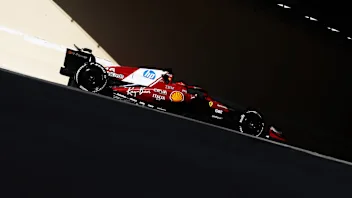 Ferrari confirm launch date for 2026 campaign
Ferrari confirm launch date for 2026 campaign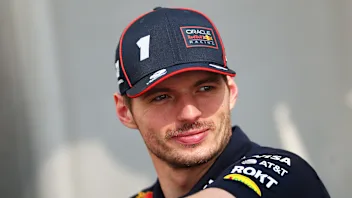 Verstappen reflects on Mercedes talks and F1 future
Verstappen reflects on Mercedes talks and F1 future PalmerJolyon Palmer picks his stand-out performers in 2025
PalmerJolyon Palmer picks his stand-out performers in 2025